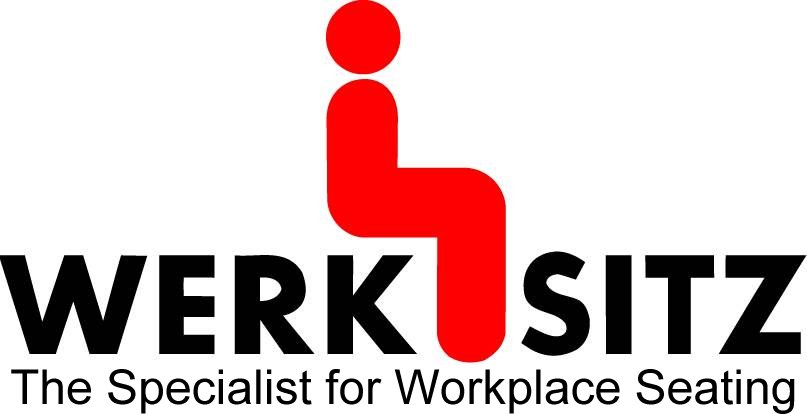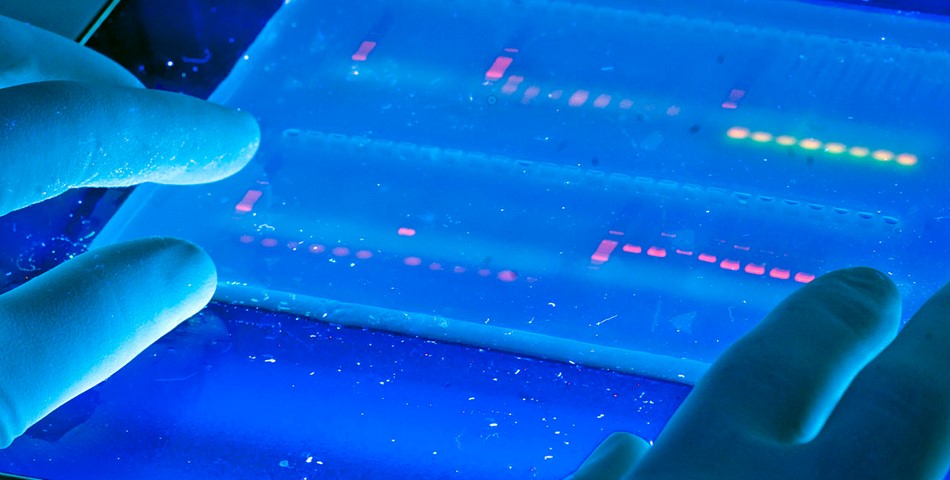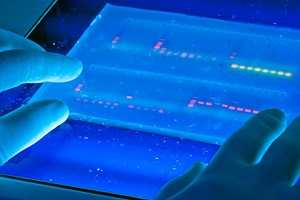The DNA forensic laboratories are advancing with improved technology and cost reductions, successfully meeting the rising demands of DNA testing.
The market is fed by increased diseases and healthcare expenditures reaping opportunities for diagnostic companies. Societal changes such as women becoming mothers at a later age is also an influencing factor.
The industry is forecasted to continue growing in the next five years, with mergers between top companies and new product launches capitalizing on market demand.
Research and Markets estimates the Global Cell-free DNA Testing Market to witness a CAGR of 26.5 percent during the forecast period 2017-2023. The market is analyzed based on three segments, namely test types, application, and regions.
IBISWorld observed that over the past five years, the DNA Forensic Laboratories industry has benefited from improved accessibility and declining prices, which have made DNA testing more affordable and common.
Furthermore, the industry has benefited from the long-term trend of an increasing number of babies being born outside of wedlock. Babies born outside of wedlock are more likely to need DNA paternity testing because proof is often required to make men financially responsible for their offspring under the law.
Over the five years to 2022, the industry is expected to continue to benefit from improved technology, which will increase productivity and revenue. Research and Markets confirm the cfDNA testing market is booming due to advanced maternal age, increasing number of chronic diseases, change in lifestyle that leads to lifestyle diseases like cancer, and unhealthy food habits.
The rising disease incidence along with the increasing medical spending and healthcare expenditure provide opportunities for molecular diagnostics company to come up with more number of innovative tests in the market. However, there is a huge market space for molecular diagnostic companies to come up with novel tests directing on transplantation rejection cases like liver, lung, etc, in the near future.
Allied market research explain DNA diagnostics is a cutting edge method which is set to revolutionize the field of medical diagnostics. This technique enables medical professionals to identify various diseases, such as cancer, infectious diseases, and myogenic disorders, and to determine the appropriate treatment.


The concept of DNA diagnostics has evolved via the breakthrough human genome project that resulted in the discovery of various disease-causing agents. Technological development has played a major role in improving DNA diagnostic platforms and techniques.
The DNA diagnostics market is expected to experience a growth spurt in the foreseeable future. Innovations in product design and technology have prompted doctors and researchers to shift their focus from traditional diagnostic methods to personalized medicines.
Research and Markets identified the global cfDNA testing market by test type is segmented into cell-free fetal DNA tests (also called NIPT), circulating tumor DNA tests, and donor-derived cell-free DNA tests.
Cell-free fetal DNA tests is the largest segment, as women are more career-oriented, and the trend is seen in western countries to start family at a late age. These lead to an increase in the average maternal age.
Donor-derived cfDNA tests are the fastest growing segment. The rising number of organ donors, increasing transplantation procedures, increasing healthcare awareness have made them the fastest growing segment of the market.
The market is also witnessing various acquisitions, agreements, and new product launches and collaborations among the top players, which is defining the future of the global cfDNA testing market.
The global cfDNA testing market by application is segmented into Gynecology, Oncology, and Transplantation. Gynecology occupies the largest market share and transplantation is expected to be the fastest growing segment during the forecasted period.
Key players include Natera, Inc., Beijing Genomics Institute, F. Hoffmann-La Roche (Roche), Laboratory Corporation of America Holdings, Illumina, Inc., Guardant Health, Trovagene and Inc., Biocept, Inc











